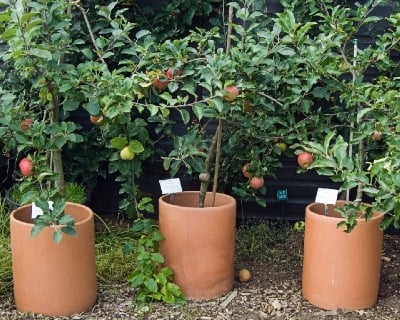Grow your own garden sundries
The garden centre with the lowest carbon footprint of all is the one just outside your back door. Your garden can supply you with much of what you need in the way of plant supports and sundries as well as some decorative garden structures
Save money, save plastic, save the planet...
By choosing and using useful plants such as hazel (Corylus avellana), willow (Salix), dogwood (Cornus), and New Zealand flax (Phormium tenax) in your garden, you'll be able to grow a surprising range of garden sundries.
These plants not only look good, they'll keep your shed well stocked, too.
Garden sundries to grow at home
Plant supports: No need for ugly plastic stakes; weave together plant supports from coppiced stems of dogwood or birch, or use corkscrew hazel. Avoid using willow as it's likely to root and the resulting plants may overwhelm whatever you were trying to support in the first place.
Plant labels: Cut a hazel twig about 10cm (4in) long and 2cm (¾in) in diameter, and whittle the
Garden twine: New Zealand flax makes a handsome ornamental garden perennial, but it also has tough, fibrous leaves that provide a never-ending supply of garden twine. Cut a leaf away at the base, split it lengthways, and peel away long, stringy fibres from the edge.
Greenhouse shading: Plant runner beans along the sunny side of a greenhouse and train up strings tied to the roof to provide shade in summer. When you need more light in autumn, simply remove them.
How to grow your own sweet pea supports
More low-carbon gardening ideas

How to grow a low-carbon garden

Using sustainable materials

Planting a low-carbon garden

Make a low-carbon wildflower meadow

Grow your own garden sundries

Low-carbon container growing

